Canadians Living with Diabetes or Pre-Diabetes
In Canada, there is an estimated 11.7 million people living with diabetes or pre-diabetes and the numbers continue to increase each year [1]. Although there are genetic factors that make one susceptible to both type 1 and type 2 diabetes (T2DM), T2DM is mainly lifestyle related and develops over time, while those with type 1 are born with the condition. The increasing prevalence of diabetes is concerning because it has been studied to reduce lifespan and increase the risk for other co-morbidities such as vision loss, kidney failure, cardiovascular disease, and stroke [1].
Factors such as a sedentary lifestyle and poor dietary habits are some of the main reasons underlying the increase in development of this condition. In T2DM, the cells of the body stop responding as efficiently to insulin and insulin resistance ensues [2]. Insulin is a hormone made by the pancreas that allows our bodies to use sugar from carbohydrates for energy or for storage to be used in the future.
With insulin resistance, initially the level of insulin production is increased, before the pancreas tires and it decreases, resulting in T2DM [2]. The most concerning factor in all of this is that the incidence of T2DM is increasing in children as the importance of physical activity and nutrient-dense diets lose priority in today’s society [2]. T2DM is a complicated metabolic disease that has the ability to affect multiple organ systems but is mainly characterized by hyperglycemia (high blood sugar) [5].
Chaga Mushroom as a Powerful Source of Antioxidants
Chaga, or Inonotus obliquus, is a mushroom commonly known for its powerful antioxidant abilities. However, many people are not aware that it may be a promising treatment or preventative measure for T2DM. The polysaccharides found in Chaga mushroom extracts have been studied to exhibit anti-hyperglycemic activities [3]. Studies show, Chaga showed potential in reducing fasting blood glucose levels, improving glucose tolerance, and even in improvement of insulin resistance [3].
It was also found that Chaga may enhance cholesterol transportation in the liver and improve the organ’s antioxidant capabilities, possibly preventing liver injury as a result of diabetes development [3]. The study’s suggested mechanism in which Chaga is able to accomplish this is by activating PI3K/Akt phosphorylation and translocation of GLUT4 because protein expressions of these were increased in the treatment group [3]. Increase in translocation of GLUT4 is important because insulin stimulates glucose uptake by this mechanism. Don’t worry, we’ll delve deeper into what this all means!

The PI3K/Akt pathway is required for normal metabolism in the body and its imbalance leads to development of obesity and T2DM [5]. T2DM occurs as a result of insulin resistance and, in turn, insulin resistance exacerbates the PI3K/Akt pathways and forms a vicious cycle [5]. The proper functioning of this pathway is essential to the balance of blood sugar levels, lipid metabolism, protein synthesis, and even cell growth and survival [5].
Another target pathway to control diabetes is the AMPK/ACC signaling pathway. In many studies, AMPK activation enhanced glucose uptake into cells and inhibited intracellular glucose production, reducing the level of liver’s glucose production [6,7]. Impairment of this pathway can also be seen in diabetes and common drugs, like Metformin, are known to act through regulation of the AMPK pathway [6,7]. Proper AMPK activation can improve insulin sensitivity and metabolic health overall [6,7].
The importance of all this information is that multiple studies have found that the anti-hyperglycemic and lipid-lowering effects of Chaga were due to its influence on the regulation of the PI3K/Akt and AMPK/ACC signaling pathways [4]. Meaning that this powerful mushroom may act in a way that is similar to common pharmaceutical options for treatment of diabetes.
Chaga To Support Lower Cholesterol Levels
As mentioned previously, not only have many studies illustrated Chaga’s anti-hyperglycemic effects, but they have also shown that the treatment groups experienced lower levels of total cholesterol, triglycerides, and LDL, while experiencing an increase in HDL [8].
LDL is commonly referred to as the “bad cholesterol,” while HDL is the “good cholesterol.” This is because LDL transports cholesterol to our arteries, increasing our susceptibility to form plaques and heart disease, while HDL helps to remove different forms of cholesterol from our bloodstreams. Thus, this study exhibited a benefit to the cardiovascular risk factors seen in T2DM. Chaga was also found to increase levels of catalase, superoxide dismutase (SOD), and glutathione peroxidase activities [8].
These enzymes are key components of the body’s natural antioxidant system and help in preventing development of oxidative stress that can leave individuals susceptible to the development of many pathologies, including diabetes and heart disease [8].

Diabetes is becoming an increasingly greater issue in today’s society; medical professionals have begun referring to this condition as an epidemic. Although the use of pharmaceuticals and other invasive practices can be lifesaving, the practice of natural alternatives is increasing, especially in the use of prevention. In addition to the multitudes of benefits of Chaga mushrooms, its ability to regulate glucose and insulin levels, as well as improve lipid levels, makes it a suitable addition to those interested in the prevention and treatment of their T2DM. And, if you start your day by adding this medicinal mushroom supplement to your pre-workout, nutrient-dense smoothie, you’ll be hitting all the right targets in combatting this disease!
By Silvana Jakupovic — BSc and 4th Year Student of Naturopathic Medicine (CCNM-Boucher)
References:
[1] Diabetes rates continue to climb in Canada. DiabetesCanadaWebsite. (n.d.). Retrieved November 6, 2022, from https://www.diabetes.ca/media-room/press-releases/diabetes-rates-continue-to-climb-in-canada
[2] Goyal R, Jialal I. Diabetes Mellitus Type 2. [Updated 2022 Jun 19]. In: StatPearls [Internet]. Treasure Island (FL): StatPearls Publishing; 2022 Jan-. Available from: https://www.ncbi.nlm.nih.gov/books/NBK513253/
[3] Wang J, Wang C, Li S, Li W, Yuan G, Pan Y, Chen H. Anti-diabetic effects of Inonotus obliquus polysaccharides in streptozotocin-induced type 2 diabetic mice and potential mechanism via PI3K-Akt signal pathway. Biomed Pharmacother. 2017 Nov;95:1669-1677. doi: 10.1016/j.biopha.2017.09.104. Epub 2017 Oct 6. PMID: 28954386.
[4] Zhang Z, Liang X, Tong L, Lv Y, Yi H, Gong P, Tian X, Cui Q, Liu T, Zhang L. Effect of Inonotus obliquus (Fr.) Pilat extract on the regulation of glycolipid metabolism via PI3K/Akt and AMPK/ACC pathways in mice. J Ethnopharmacol. 2021 Jun 12;273:113963. doi: 10.1016/j.jep.2021.113963. Epub 2021 Feb 26. PMID: 33640441.
[5] Huang X, Liu G, Guo J, Su Z. The PI3K/AKT pathway in obesity and type 2 diabetes. Int J Biol Sci. 2018 Aug 6;14(11):1483-1496. doi: 10.7150/ijbs.27173. PMID: 30263000; PMCID: PMC6158718.
[6] Joshi T, Singh AK, Haratipour P, Sah AN, Pandey AK, Naseri R, Juyal V, Farzaei MH. Targeting AMPK signaling pathway by natural products for treatment of diabetes mellitus and its complications. J Cell Physiol. 2019 Aug;234(10):17212-17231. doi: 10.1002/jcp.28528. Epub 2019 Mar 27. PMID: 30916407.
[7] Coughlan KA, Valentine RJ, Ruderman NB, Saha AK. AMPK activation: a therapeutic target for type 2 diabetes? Diabetes Metab Syndr Obes. 2014 Jun 24;7:241-53. doi: 10.2147/DMSO.S43731. PMID: 25018645; PMCID: PMC4075959.
[8] Sun JE, Ao ZH, Lu ZM, Xu HY, Zhang XM, Dou WF, Xu ZH. Antihyperglycemic and antilipidperoxidative effects of dry matter of culture broth of Inonotus obliquus in submerged culture on normal and alloxan-diabetes mice. J Ethnopharmacol. 2008 Jun 19;118(1):7-13. doi: 10.1016/j.jep.2008.02.030. Epub 2008 Mar 4. PMID: 18434051.


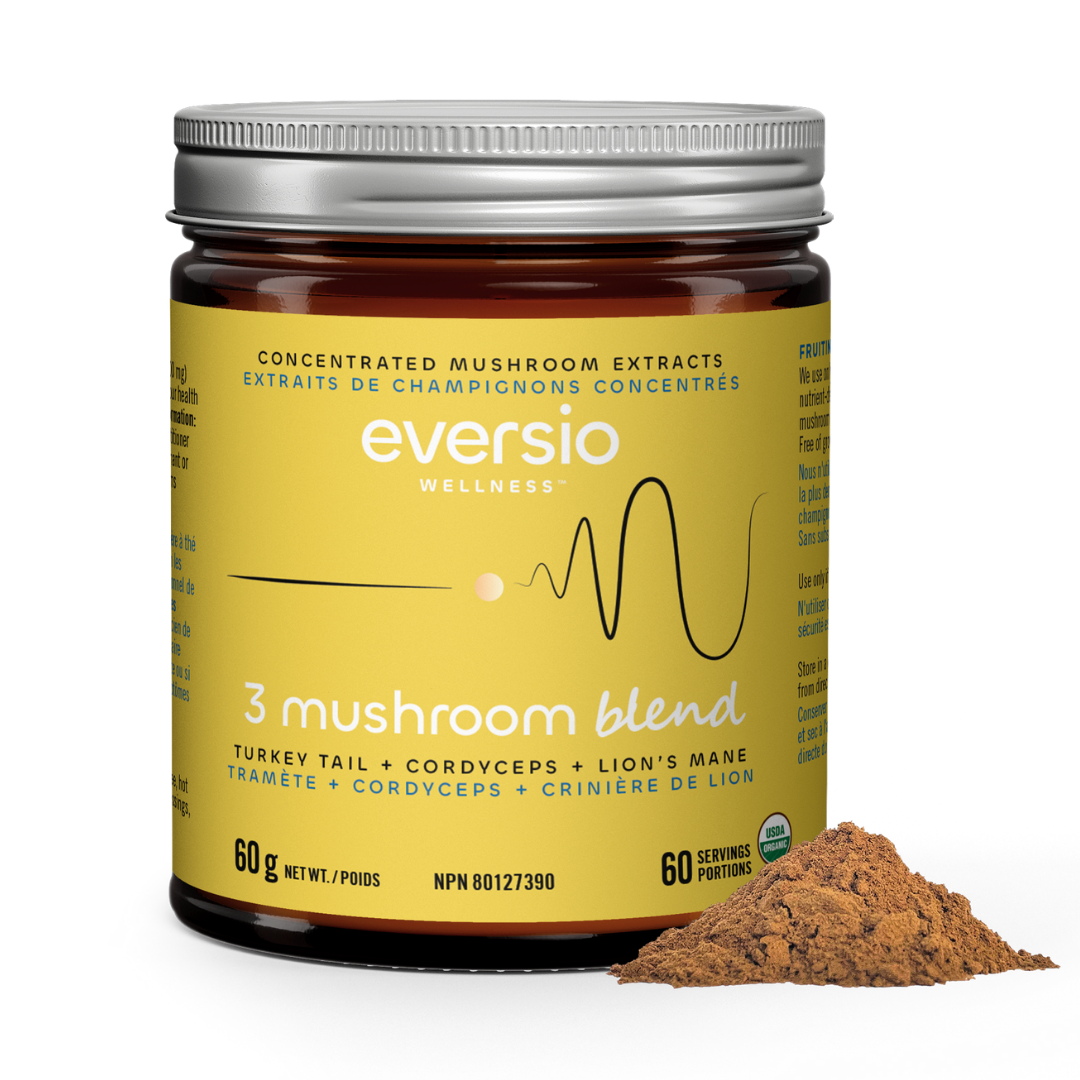
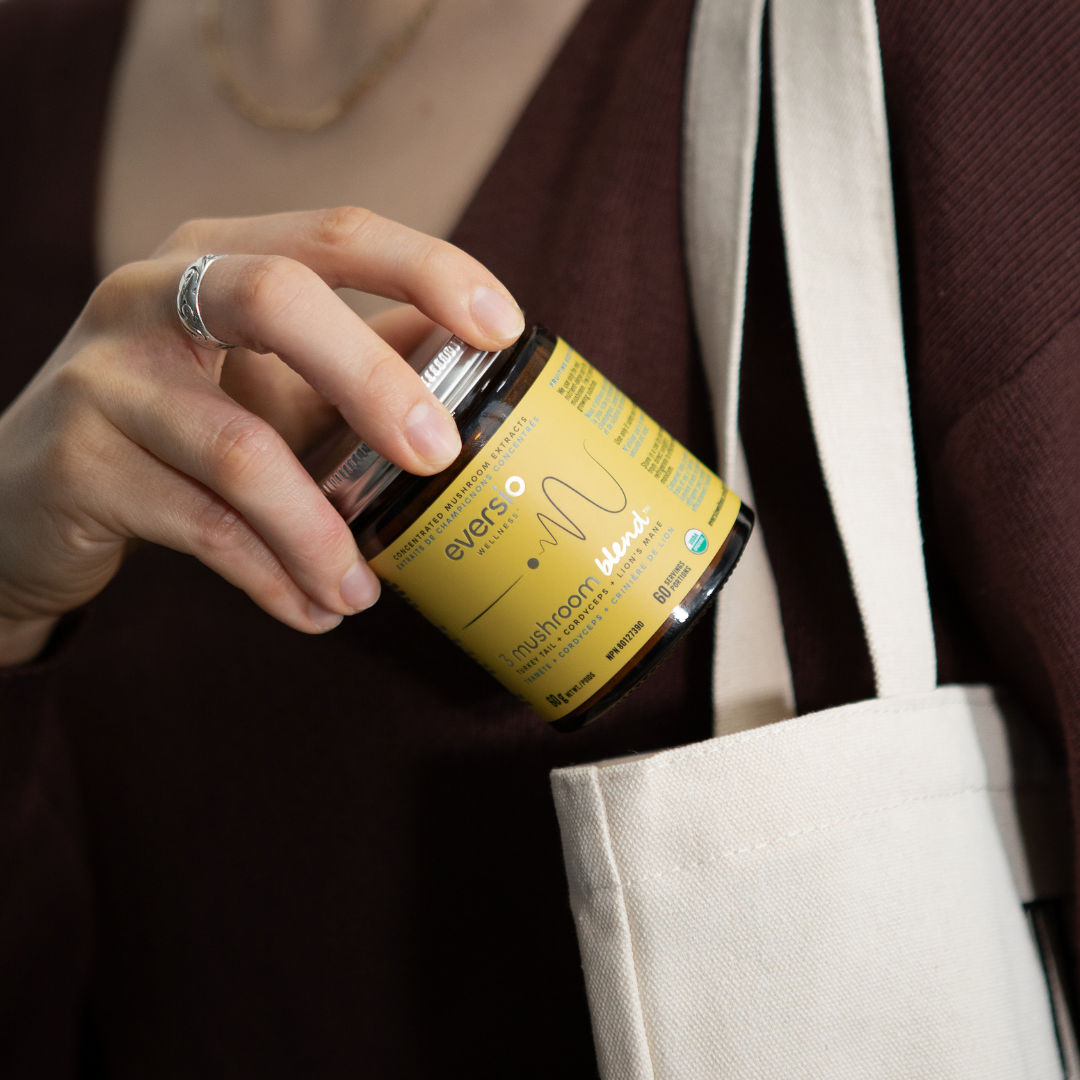
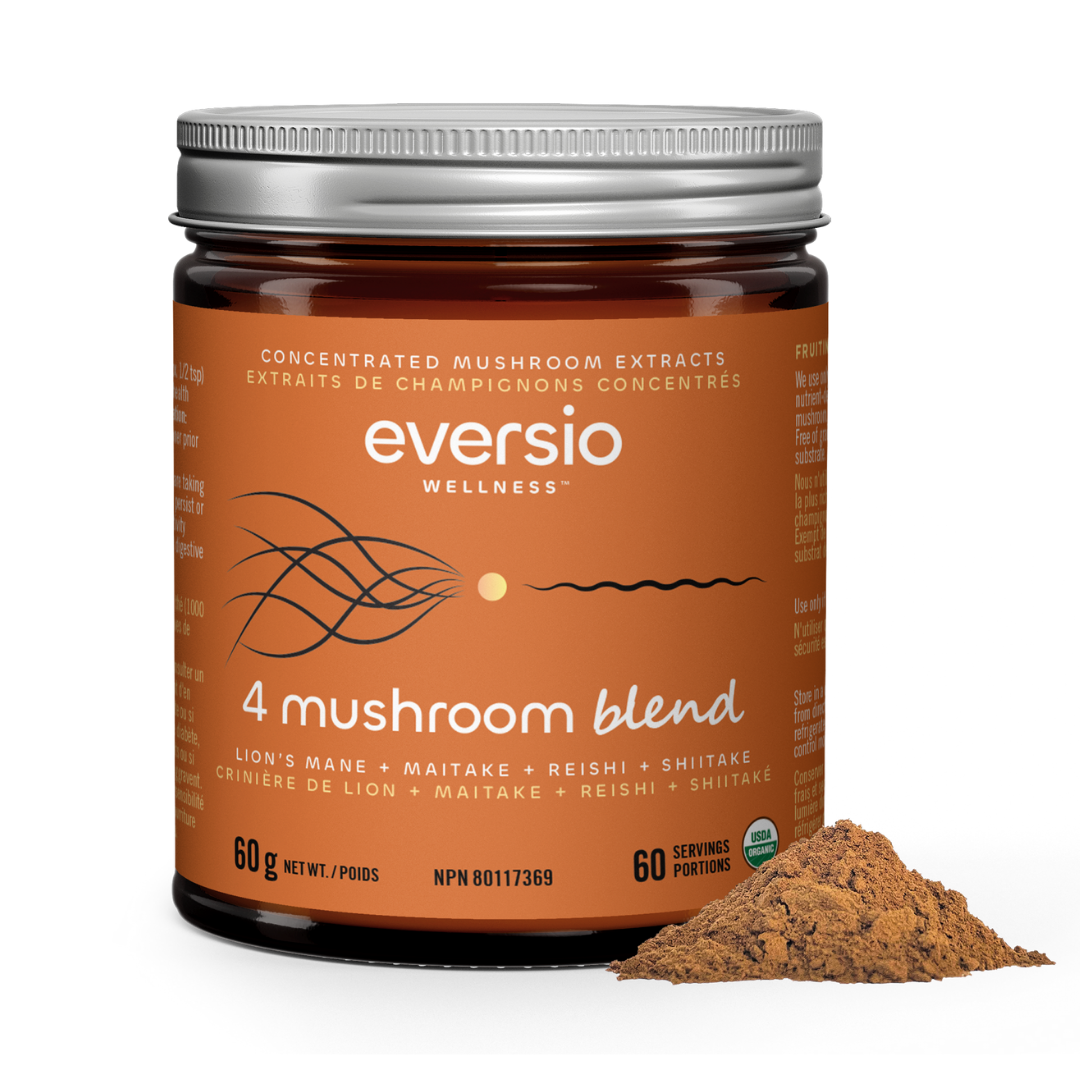
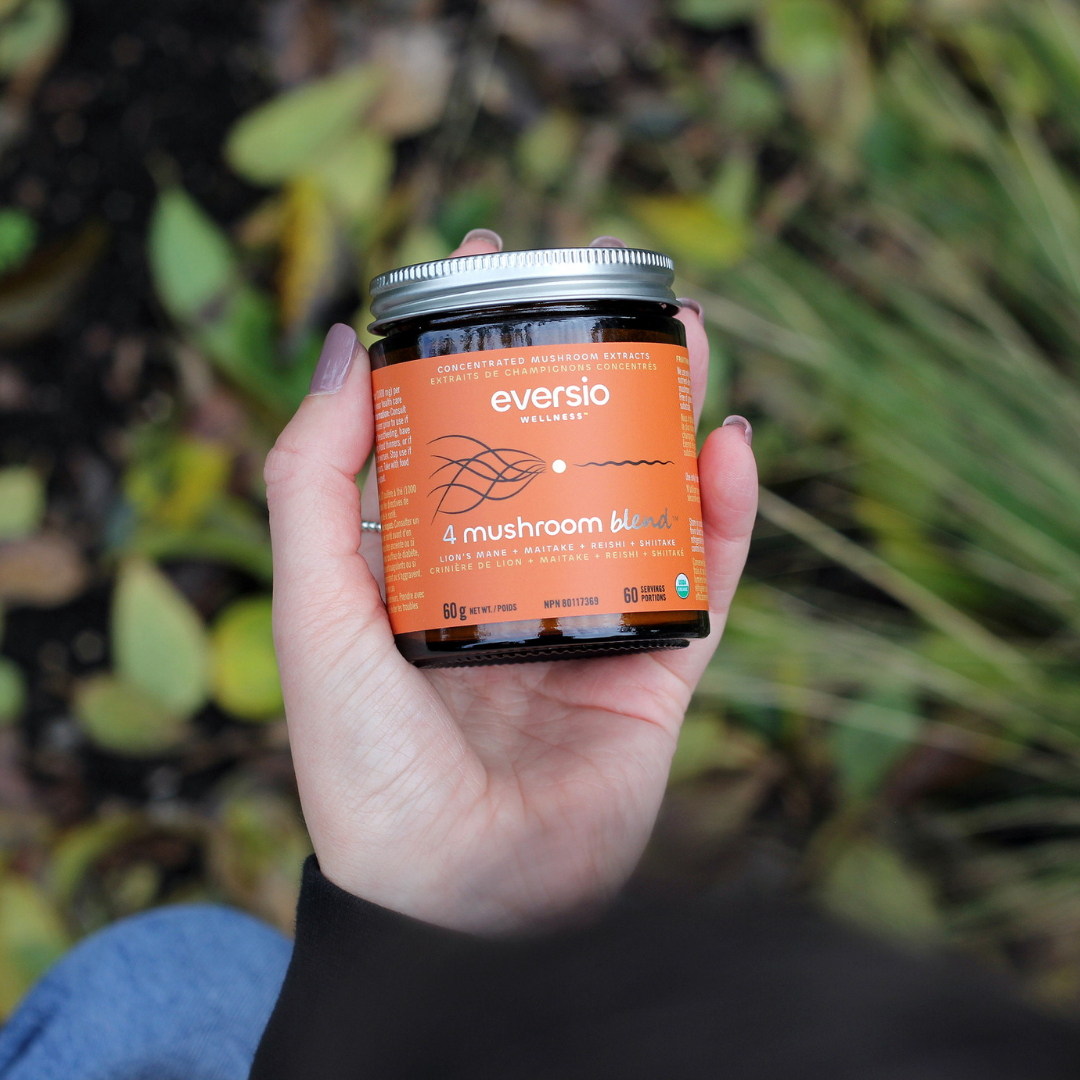
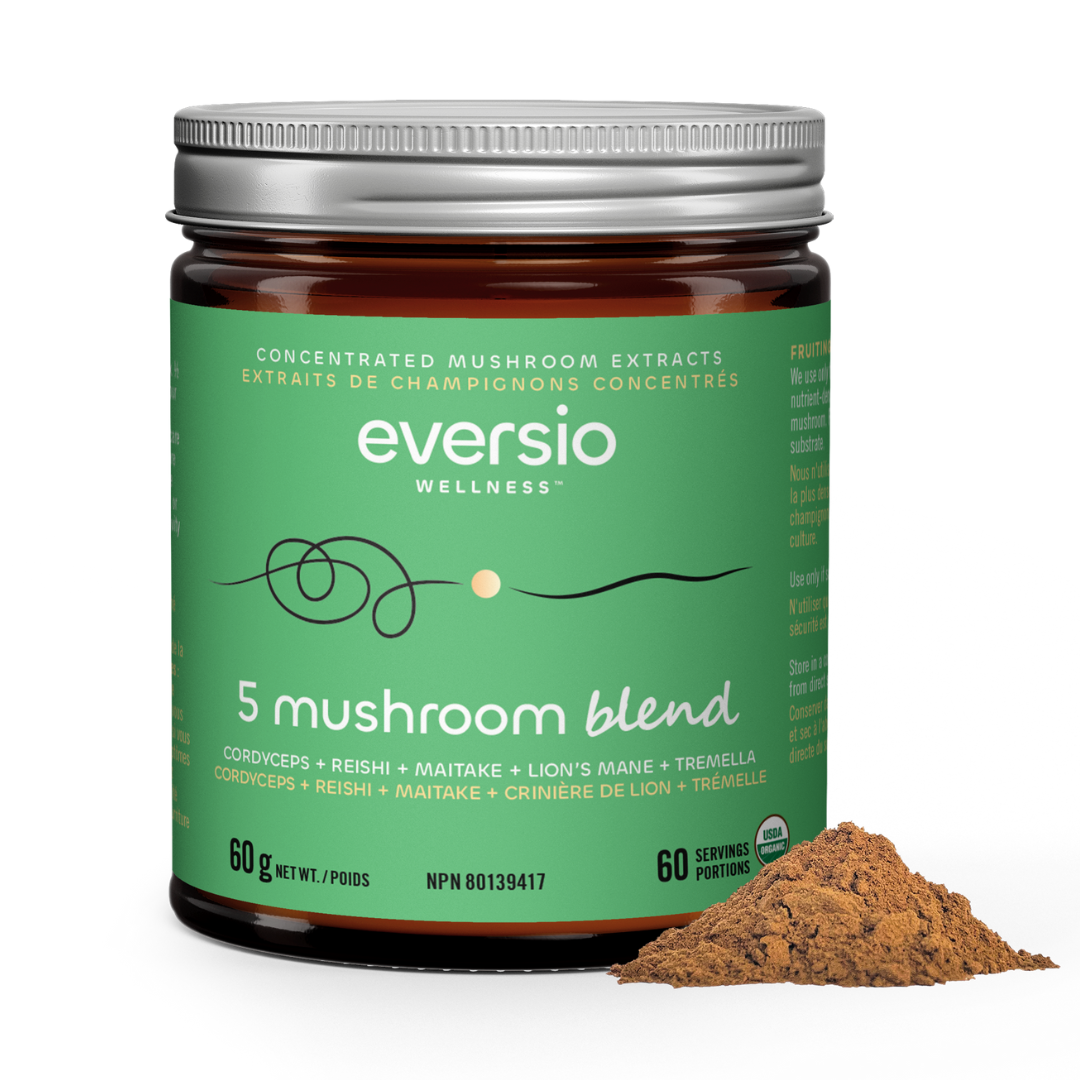

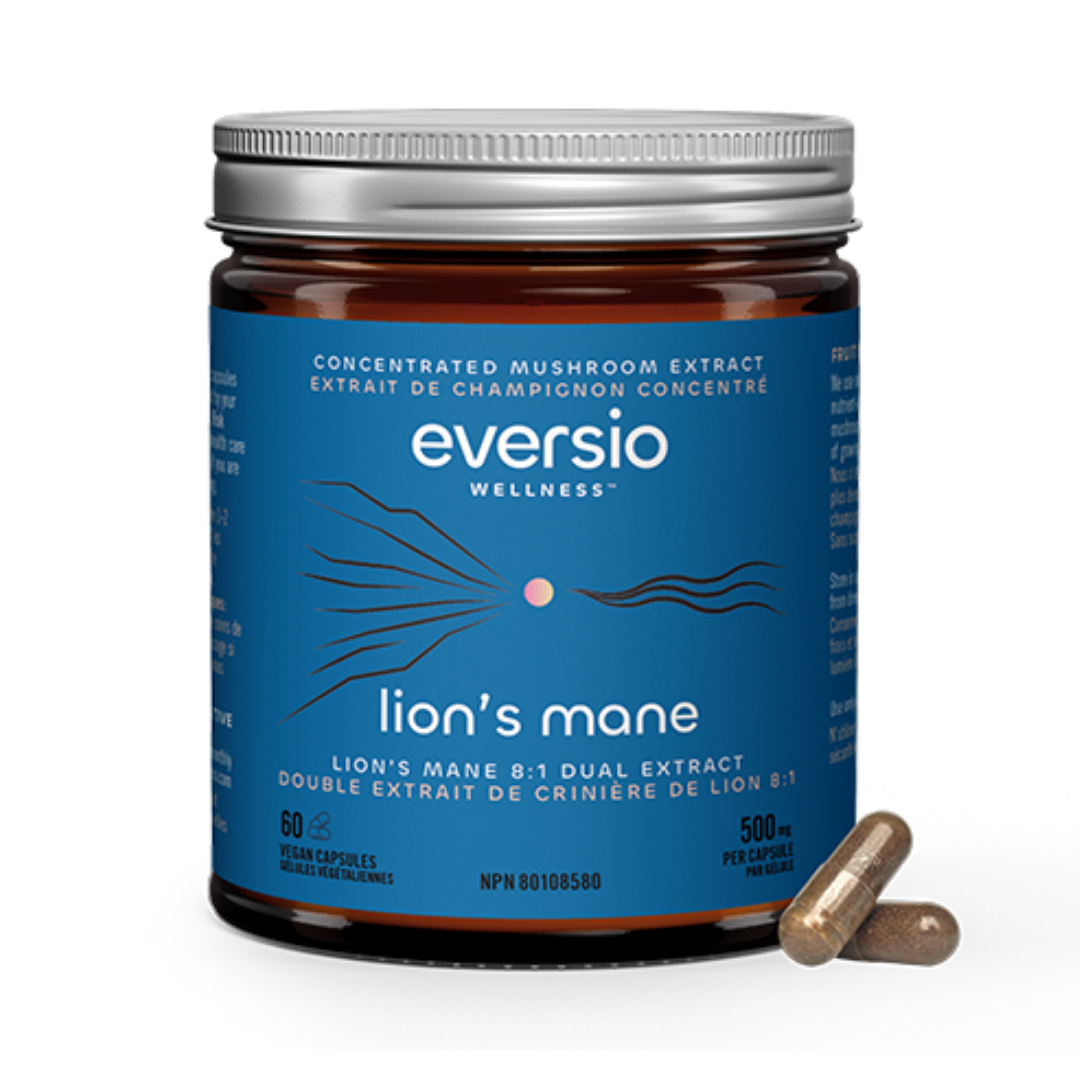
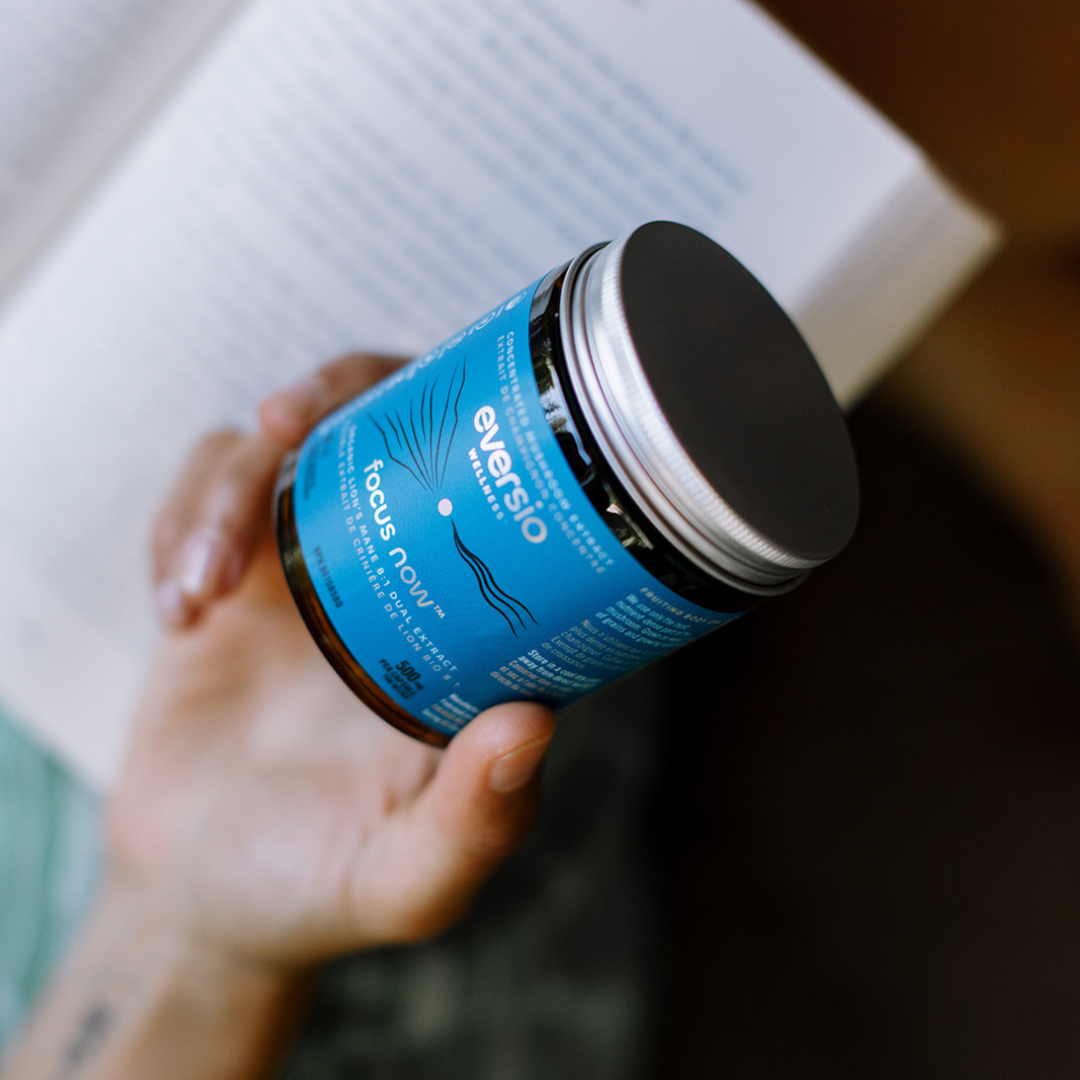
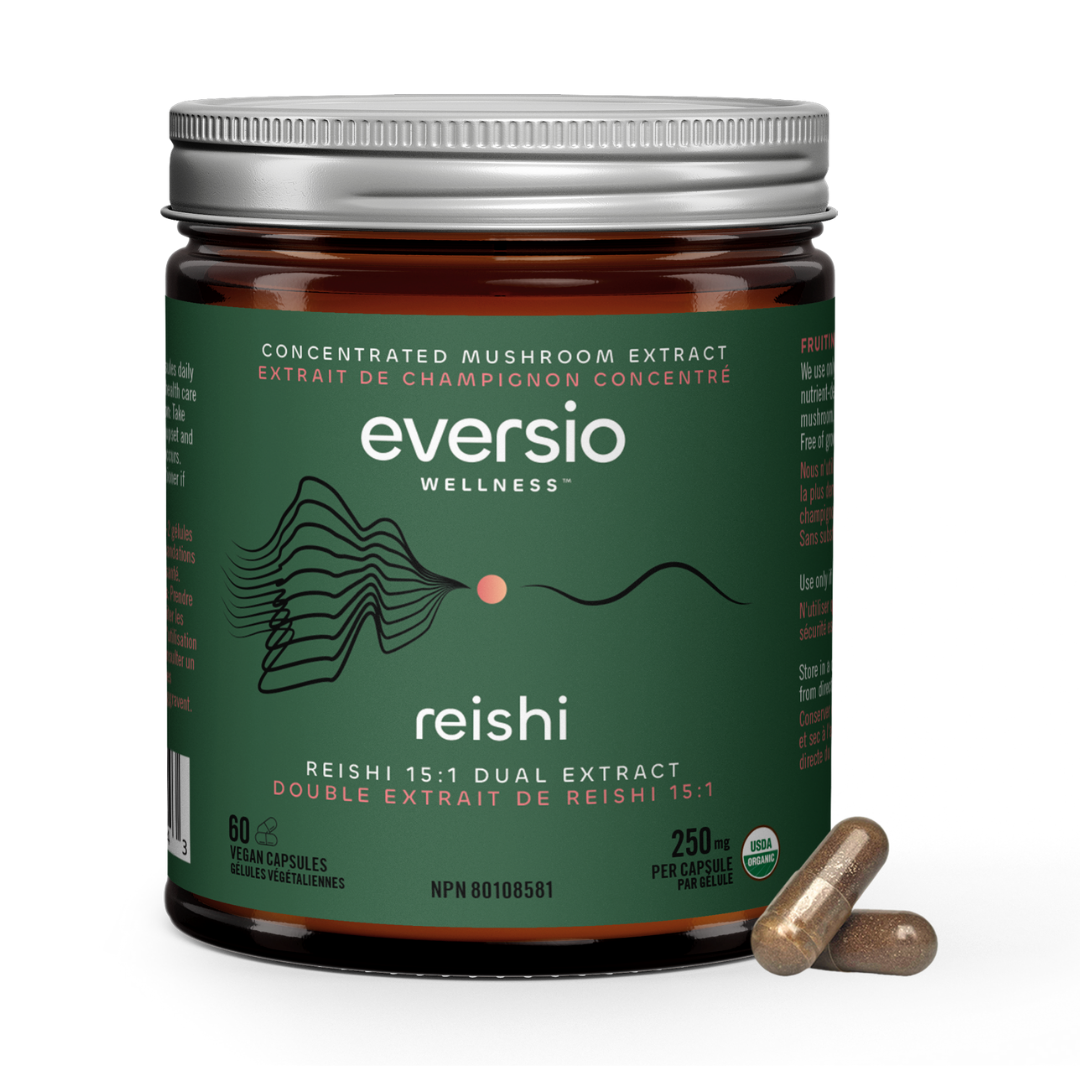



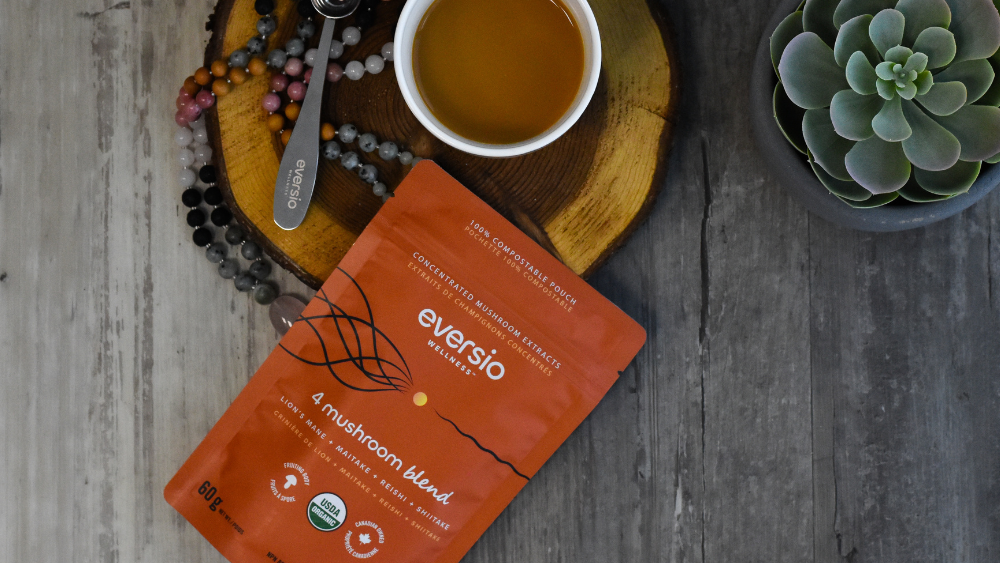





Leave a comment
All comments are moderated before being published.
This site is protected by hCaptcha and the hCaptcha Privacy Policy and Terms of Service apply.